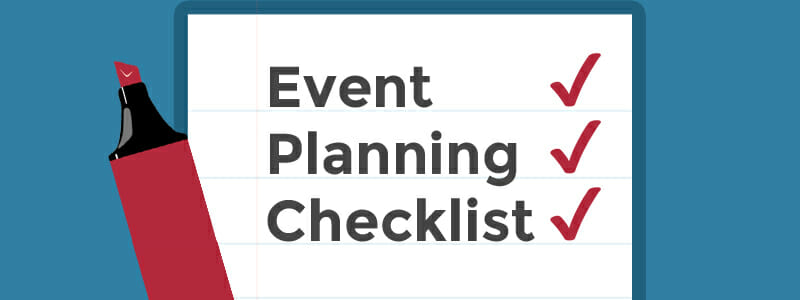Drawing is a wonderful art form in itself, but it is also an excellent exercise for other forms of art, like painting. Learning how to draw will truly open your mind to your surroundings enabling you to really see what is before you.
Choosing your drawing supplies
Horse Hair Drafting Brush – You should be able to purchase a horse hair drafting brush at any local art supply store or online store. This is a really helpful tool for brushing away unwanted eraser scraps from your drawing.
Eraser Pencil – These are wonderful for getting into small areas of your drawings. They can also be sharpened like ordinary pencils.
There are a variety of different drawing tools available for today’s artists and what you choose to work with is based on your own preference. It comes to down to experimentation. You have to work with a number of different things before you find the tools that fit your style of drawing.
Charcoal Pencils – Charcoal pencils also come in a range of hardness and are labeled either from H to B like graphite, or simply as “soft”, “medium” or “hard”. They have a noticeably different feel to them and produce a rich dark line. Because of their softness, charcoal pencils tend to wear pretty fast.
Kneaded Eraser – A soft pliable eraser that can be kneaded into any shape to pick up and remove pencil and charcoal. May not be the best for erasing smaller details. The SANFORD Kneaded Rubber Erasers are very popular.
Erasers – You may want to have a few different types of erasers on hand to fit every occasion.
Don’t go out and spend a ton of money on your drawing supplies in the beginning. You can really get started with a beginner pencil set and some newsprint paper. You can then venture out and spend money on better supplies when you become more experienced.
Paper – In the beginning, for the purpose of practice, you may want to consider purchasing some inexpensive newsprint paper. When you are ready to purchase a more expensive grade paper, choose something that will work best with the medium you use. A really smooth paper may not work well for some mediums as the surface lacks texture and will not grab certain drawing mediums very well.
Fixatives – Fixatives protect your drawings from being smudged or ruined. Permanent fixatives are used on a finished drawing to protect, where a workable fixative is used during the drawing process as you are working. When spraying the fixative, make sure you do not spray any one section for too long and only spray a light mist standing about 3 feet away from the drawing.
Graphite pencils – Graphite pencils range in hardness and are labeled from 9H to 9B. The B pencils are softest. The H pencils are generally used for detailed lines where the B pencils will produce rich dark lines great for bold expressive drawings.
Blending Tortillions – Tightly wound stumps of paper with a point used to blend in your drawings.
Basic Drawing Techniques:
You should try to avoid smudging and blending in the beginning so that you force yourself to use your pencil more to achieve value in your drawings.
There are two basic ways to approach a drawing: tonal and linear. The linear approach to a drawing focuses on line and outlines of shapes. In tonal drawing, you make use of gradations to indicate the various planes of your subject.
Others hold a pencil with the pencil between the thumb and index finger, with the rest of the pencil resting under the palm of your hand. Whichever method you use for holding your pencil, make certain that you do not hold the pencil too tightly.
Dry Wash Technique – This technique works quite well if you want to cover large areas of your drawing. You begin by adding marks with a pencil or apply some graphite powder to the desired area on your paper.
Hatching – This drawing technique uses a series of parallel lines drawn close together, in the same direction, which gives the appearance of value.
Negative Drawing Technique – This technique teaches you how to properly see the “white” or “negative” space in your picture. This is the area that surrounds your subject or “positive” space. Instead of drawing out the positive part of the drawing with line, you draw in the shapes that surround the positive part of your drawing.
Tonal or Value Drawing – In this approach to drawing we are indicating the various changes of light and shade in our picture without the use of strong edges and lines.
Contour Drawing – This very basic technique is simply drawing the outline of your subject without any shading to indicate form.
Never throw out any of your drawings. Keep a neat portfolio of everything you draw. This is an excellent way to see your progress over time.
Upside Down Drawing – Drawing upside down is a wonderful exercise to awaken the right side of your brain. You are making it unrecognizable and somewhat abstract when you turn an image upside down. This forces you to draw what you see as opposed to relying on your memory to draw something.
Avoid looking at your drawing too often. Focus on the subject and draw what you see.
Blind Contour Drawing – Similar to contour drawing, only you do not look at the paper. The point of this exercise is to force you to better observe what it is you are drawing. You should have no concern over the outcome of your drawing so it is important not to peek.
Permanent fixatives are used on a finished drawing to protect, where a workable fixative is used during the drawing process as you are working. A really smooth paper may not work well for some mediums as the surface lacks texture and will not grab certain drawing mediums very well. Upside Down Drawing – Drawing upside down is a wonderful exercise to awaken the right side of your brain. Negative Drawing Technique – This technique teaches you how to properly see the “white” or “negative” space in your picture. Instead of drawing out the positive part of the drawing with line, you draw in the shapes that surround the positive part of your drawing.
Crosshatching – Similar to hatching only you draw multiple layers of hatch lines at different angles that overlap one another.







